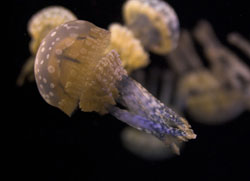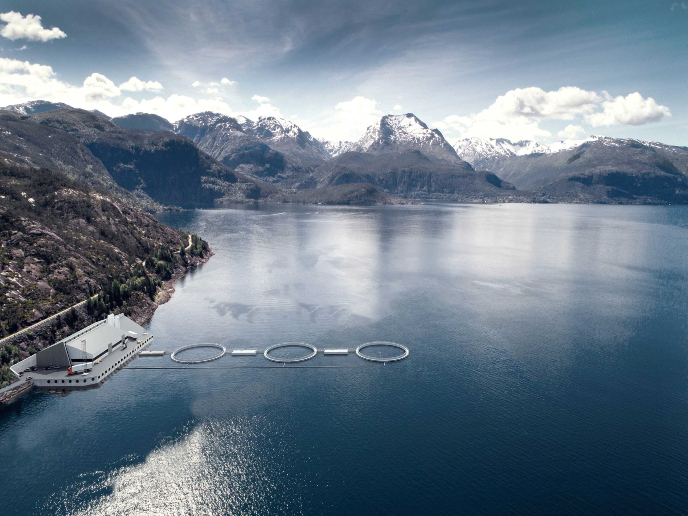Underwater recording of medusa dispersion
Jellyplankton outbursts have a negative impact on fisheries, aquaculture, coastal tourism and industrial development. Furthermore, due their aggregated distribution, it is difficult to explain the mechanisms causing such mass developments and to measure the ecological and socio-economical consequences. The EUROGEL project has risen to the challenge to do just that through a joint experimental and field-based effort consisting of nine European partners. Included in their study was the functional biology of key species, the mechanisms behind trophic interactions and how biotic factors govern survival, growth and reproduction. To aid this process, a simple video recording system was developed to estimate the amount, dispersion and population composition of jellyfish in surface waters. In a shallow coastal lagoon in the south-east of Spain, an underwater camcorder was situated in a steel pyramidal structure filming toward the square base. The area was canvassed in a zigzag pattern and three species of medusas were evaluated. When the sampling was finished, the videotapes were digitalised. Values that were taken into account included the density of jellyfish within the sailed distance as well as the temperature and salinity averages. They were then assigned a position on distribution maps. Population dynamics and the distribution were examined, exhibiting the relationships between the dispersion of the medusas and the characteristics of the water. The system was improved with more precision for future use and so that various positions of aggregation could be explored.







